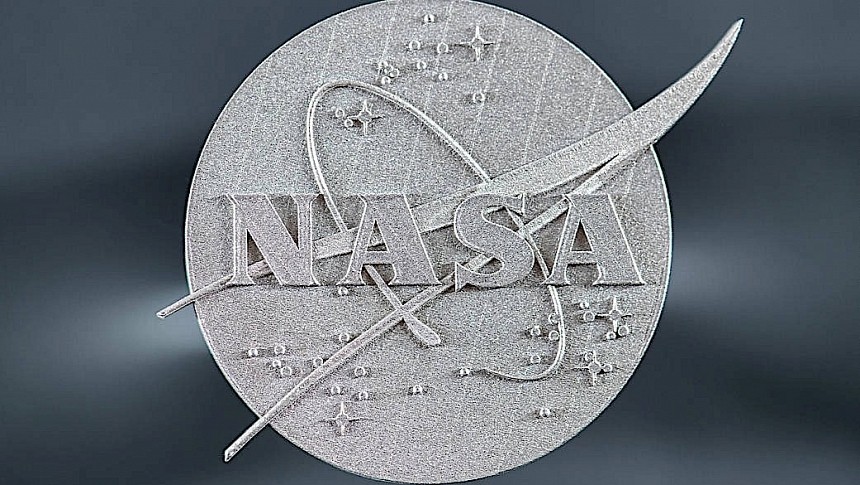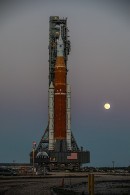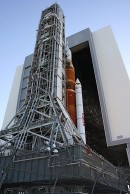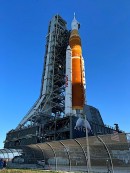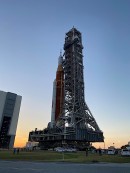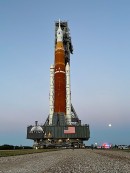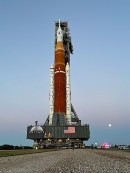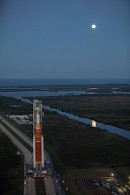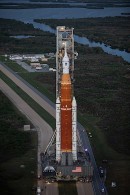We often get word of new technologies and pieces of hardware being developed for the aerospace industry, and these things do tend to steal the headlines most of the time. Because of this, we almost always forget that none of our achievements, no matter the field, would not have been possible without the right materials used in hardware construction.
The aerospace industry has always been at the forefront of materials’ evolution, as the challenges these guys face are far greater than in any other field. And it’s from them that every now and then we get word of some new kind of metal or other material being invented into this world.
A new type of alloy we’re likely to hear a lot about in the coming years was presented by NASA and the Ohio State University earlier this month. It’s called unimaginatively GRX-810, and it could prove to be revolutionary for making new and more durable airplane and spacecraft parts.
GRX-810 is officially an oxide dispersion-strengthened (ODS) alloy, meaning it has tiny oxygen particles dispersed throughout to increase its strength. It’s supposed to last “1,000 times longer than existing state-of-the-art alloys” under high temperatures, and can withstand heat going over 2,000 degrees Fahrenheit (1,093 degrees Celsius).
All of the above makes it ideal for use in aircraft and rocket engines. Its use could lead, for instance, to the creation of engines that need to burn less fuel to get the same effect as current designs. Also, because it’s more malleable than what else is presently out there, new design ideas could be explored.
Experiments have already been performed with it. The alloy was obtained using computer modeling for the theoretical part and 3D printing to fuse metal together and get the GRX-810 for the practical one. To let the world know this stuff can be used to make hardware in whatever shape and size, 3D printing was also used to make the NASA logo pictured in the main photo of this piece, using the new alloy.
All that sounds great and all, but it’ll likely be some time before we get to see the GRX-810 used in a real-life application. The paper on the alloy was just published in Nature, and at the time of writing, there are no exact plans on how to use it. The research is, however, backed by NASA through the Transformational Tools and Technologies project and the Game Changing Development Program.
We should expect more and more developments in this field in the coming months and years, though. Using computers and 3D printing will allow the discovery of even more and better materials faster. According to Tim Smith, one of the people behind the GRX-810, computer modeling and 3D printing will allow for new materials to be discovered in months instead of years.
A new type of alloy we’re likely to hear a lot about in the coming years was presented by NASA and the Ohio State University earlier this month. It’s called unimaginatively GRX-810, and it could prove to be revolutionary for making new and more durable airplane and spacecraft parts.
GRX-810 is officially an oxide dispersion-strengthened (ODS) alloy, meaning it has tiny oxygen particles dispersed throughout to increase its strength. It’s supposed to last “1,000 times longer than existing state-of-the-art alloys” under high temperatures, and can withstand heat going over 2,000 degrees Fahrenheit (1,093 degrees Celsius).
All of the above makes it ideal for use in aircraft and rocket engines. Its use could lead, for instance, to the creation of engines that need to burn less fuel to get the same effect as current designs. Also, because it’s more malleable than what else is presently out there, new design ideas could be explored.
Experiments have already been performed with it. The alloy was obtained using computer modeling for the theoretical part and 3D printing to fuse metal together and get the GRX-810 for the practical one. To let the world know this stuff can be used to make hardware in whatever shape and size, 3D printing was also used to make the NASA logo pictured in the main photo of this piece, using the new alloy.
All that sounds great and all, but it’ll likely be some time before we get to see the GRX-810 used in a real-life application. The paper on the alloy was just published in Nature, and at the time of writing, there are no exact plans on how to use it. The research is, however, backed by NASA through the Transformational Tools and Technologies project and the Game Changing Development Program.
We should expect more and more developments in this field in the coming months and years, though. Using computers and 3D printing will allow the discovery of even more and better materials faster. According to Tim Smith, one of the people behind the GRX-810, computer modeling and 3D printing will allow for new materials to be discovered in months instead of years.
